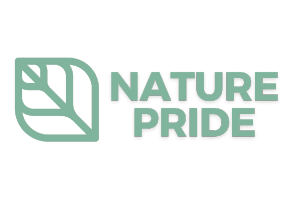


Starting crumbs for waterfowl until the age of 2 weeks
The presence of omega-3 fatty acids and natural pigments contributes to optimal feather colouring and shiny plumage.
wheat, maize, soya feed (produced from genetically modified soya), sunflower seed feed, wheat gluten feed, rice bran, maize gluten feed, beet molasses, wheat middlings, fish oil, calcium carbonate, monocalcium phosphate, wheat bran, soya oil, sodium chloride, sodium bicarbonate, sepiolite
crude protein 19.0%, crude fat 5.5%, crude ash 6.5%, crude fibre 4.0%, lysine 0.99%, methionine 0.42%, calcium 1.05%, phosphorus 0.70%, sodium 0.20%
3a672a vitamin A 12000 IU, 3a671 vitamin D3 3000 IU, 3a700 vitamin E (all-rac-alpha-tocopheryl acetate) 51 mg, 3b103 iron (ferrous sulphate, monohydrate) 36 mg, 3b202 iodine (calcium iodate, anhydrous) 2.40 mg, 3b405 copper (cupric sulphate, pentahydrate) 12 mg, 3b502 manganese (manganous oxide) 90 mg, 3b603 zinc (zinc oxide) 85 mg, 3b802 selenium (coated granulated sodium selenite) 0.36 mg
4a1617 endo-1,4-β-xylanase (EC 3.2.1.8) 1650 EPU, 4a16 6-phytase (EC 3.1.3.26) 250 OTU
antioxidants, preservatives
• Period: From the first day until the age of 2 weeks. Small waders at all ages.
• The feeds can be freely administered.
• Young orphaned chicks need to quickly learn how to ingest their feed; provide low feeding trays or simply pour the feed on paper for the first few days.
• Always provide Grit for an easy digestion. Grit also has a positive effect on the skeleton.
• Always make sure there is plenty of clean drinking water.
• For an optimal development and health, take the life phases and periods into account.